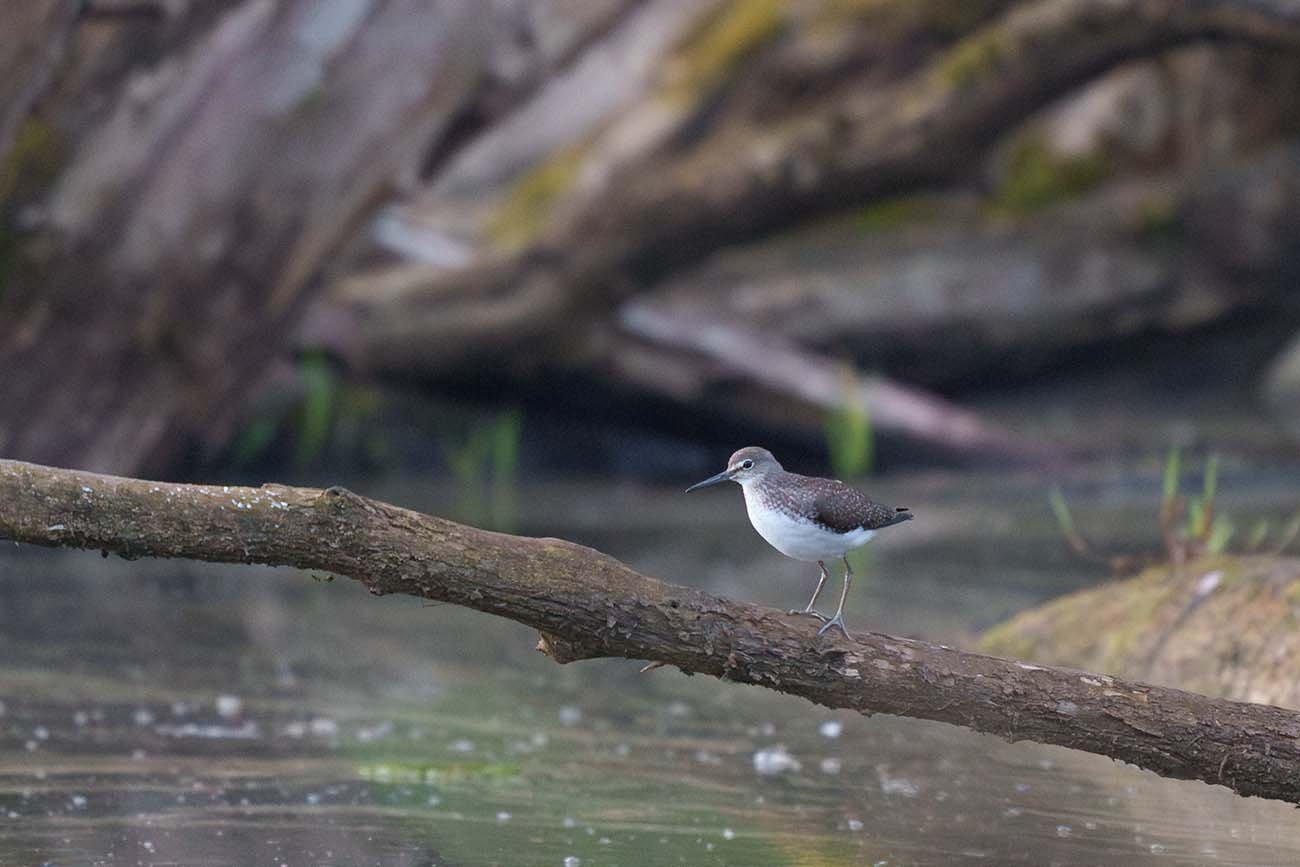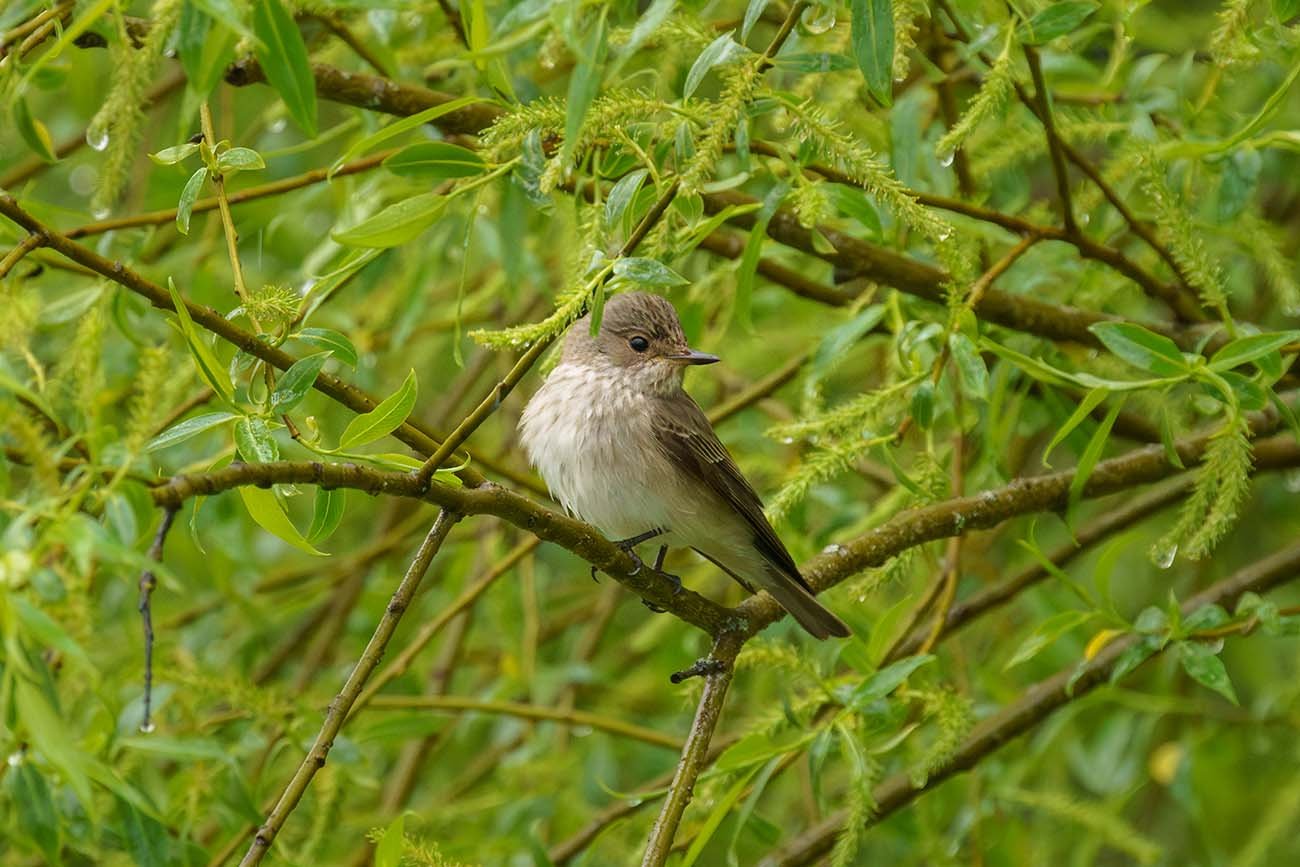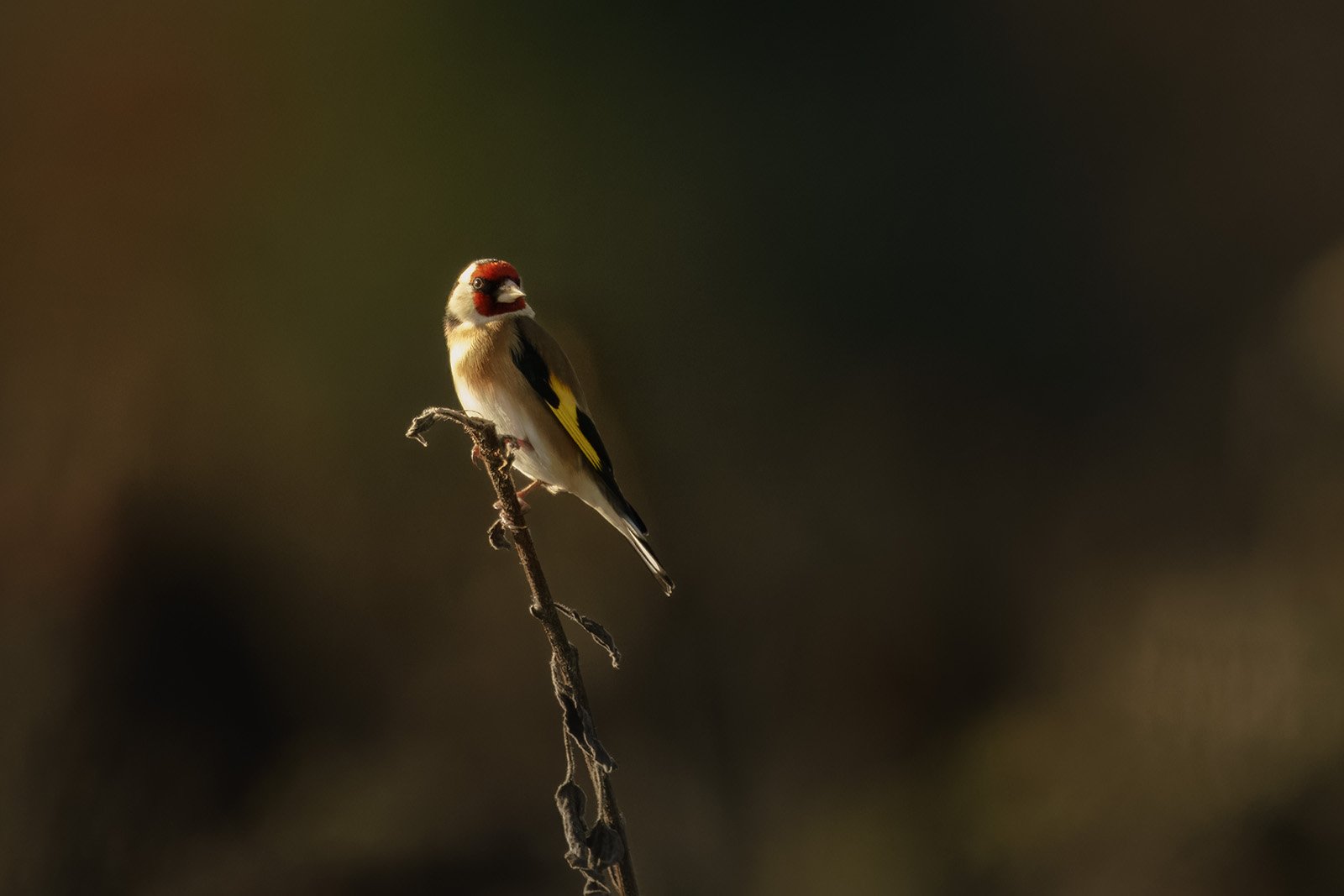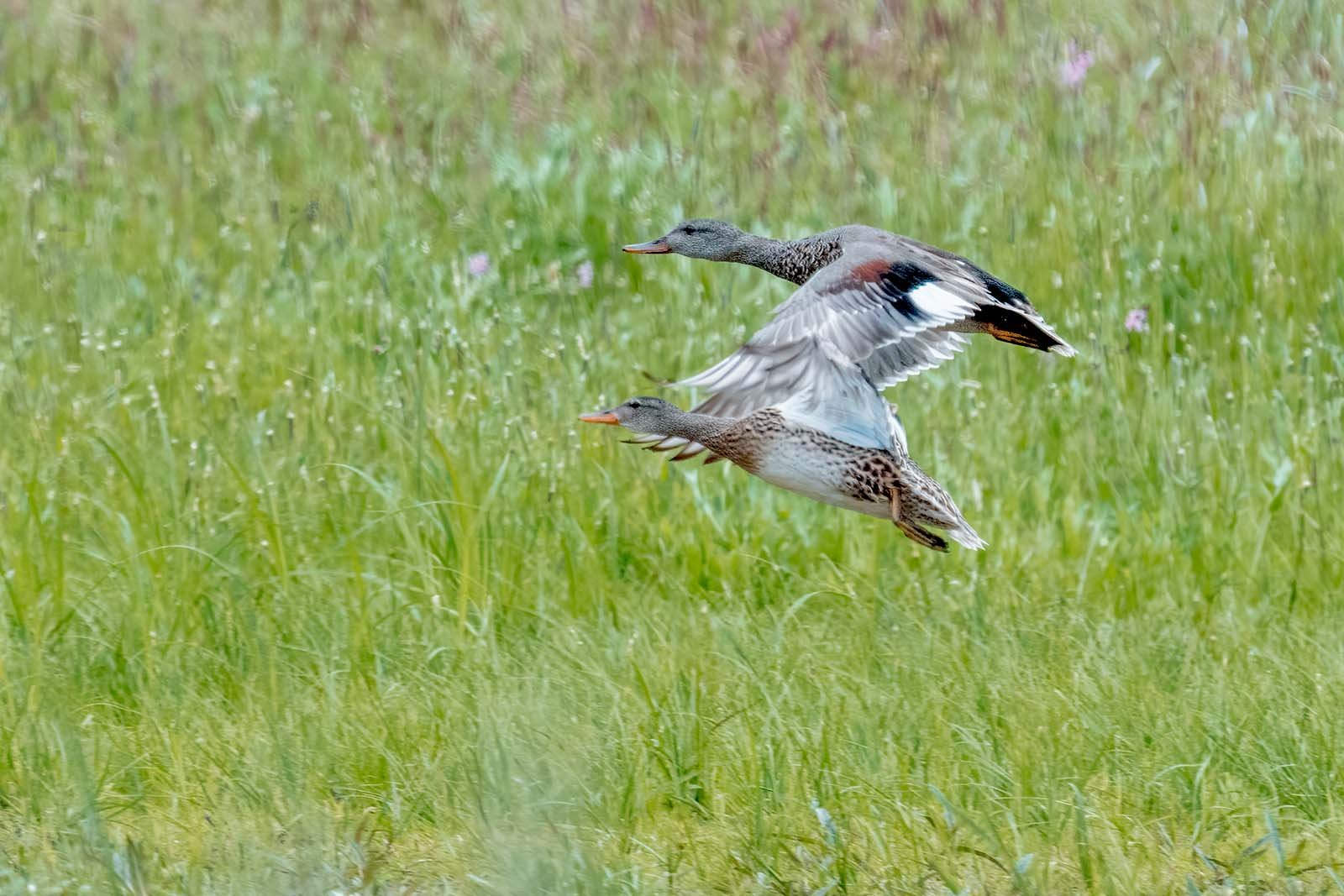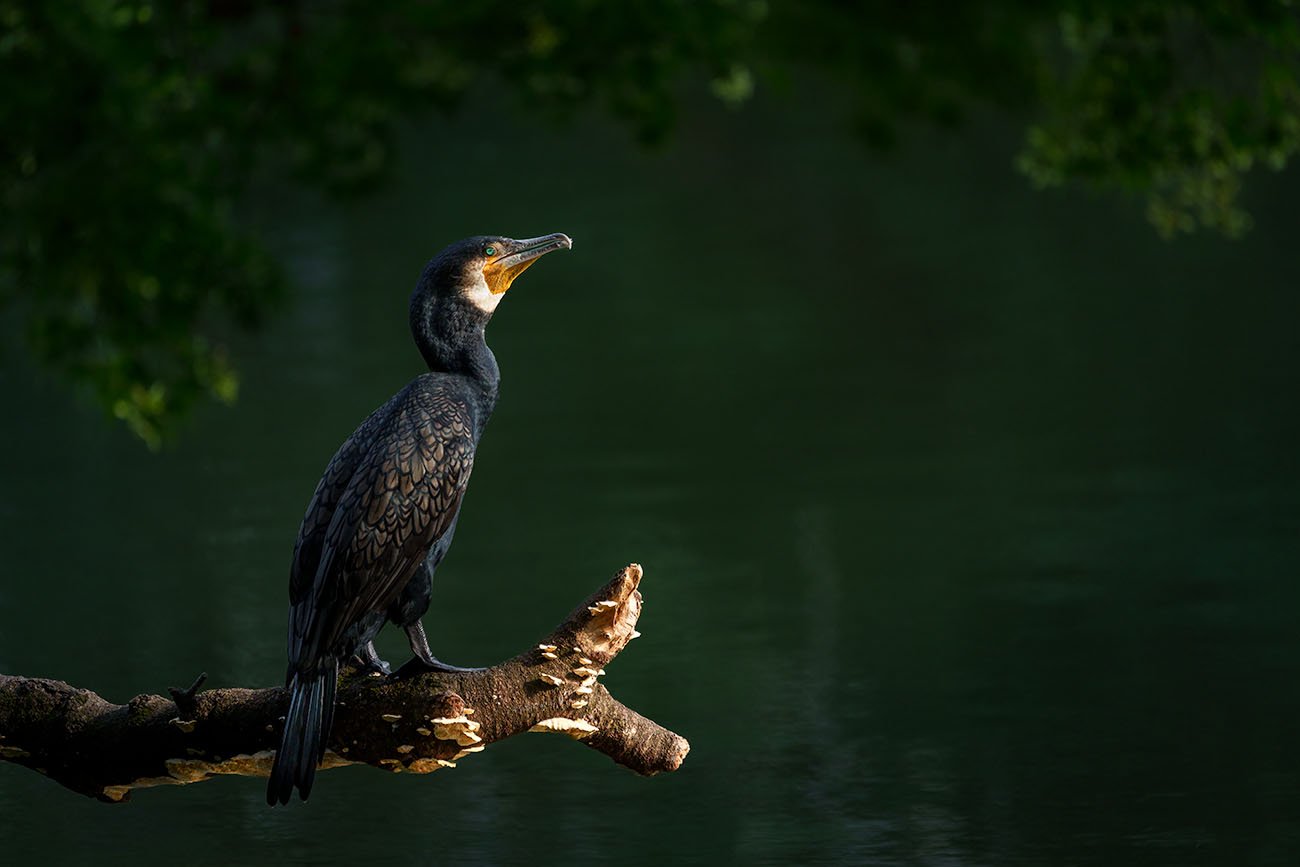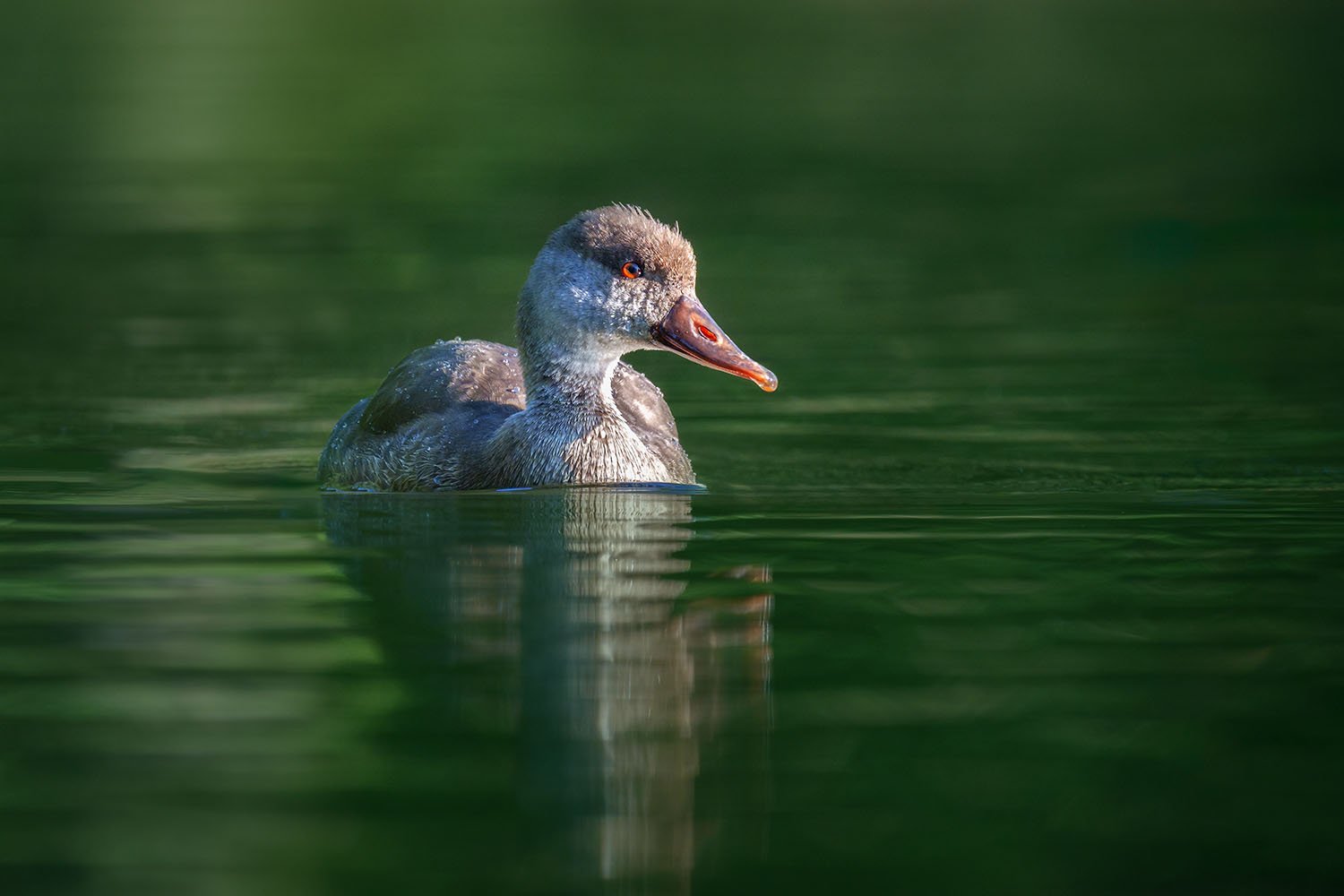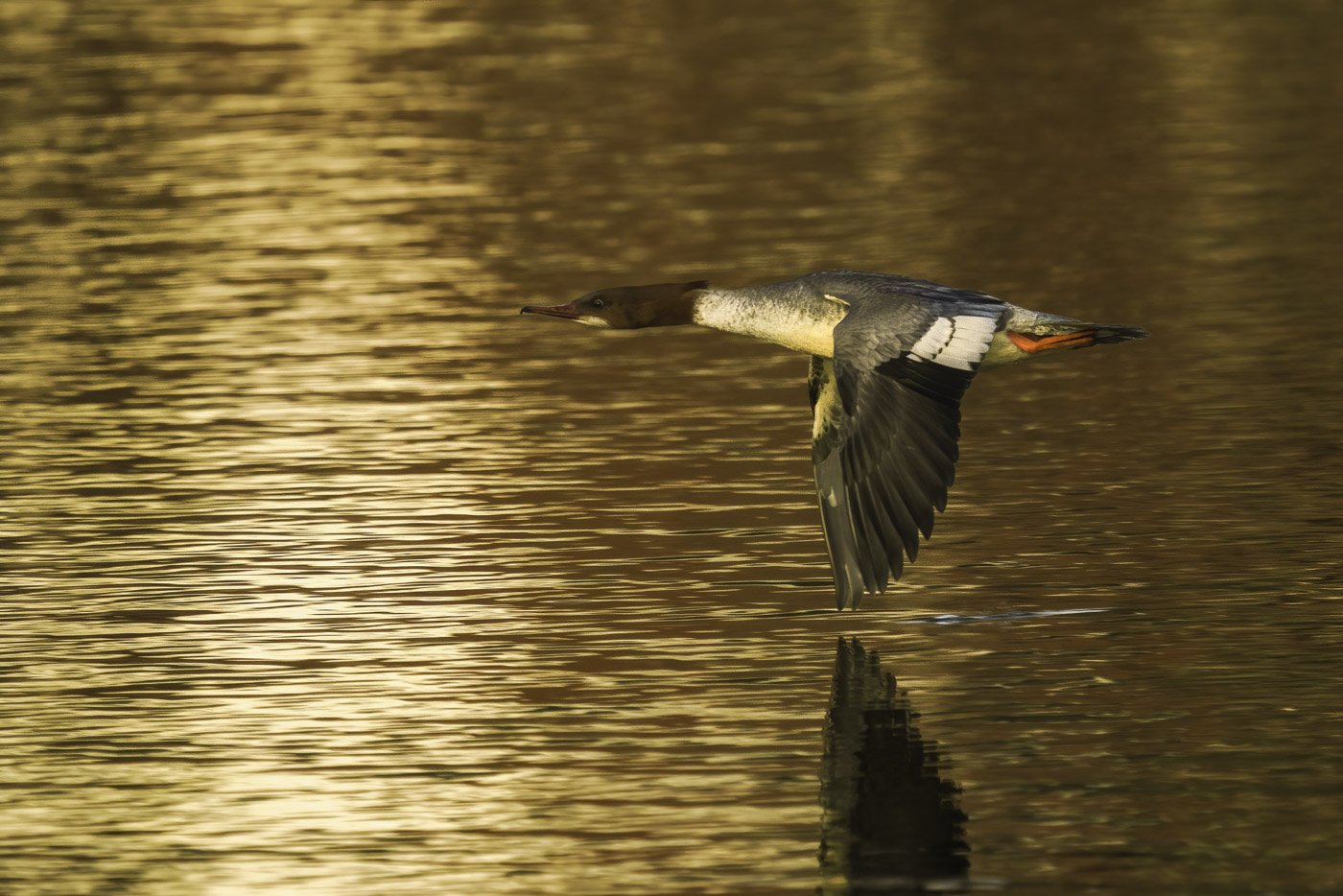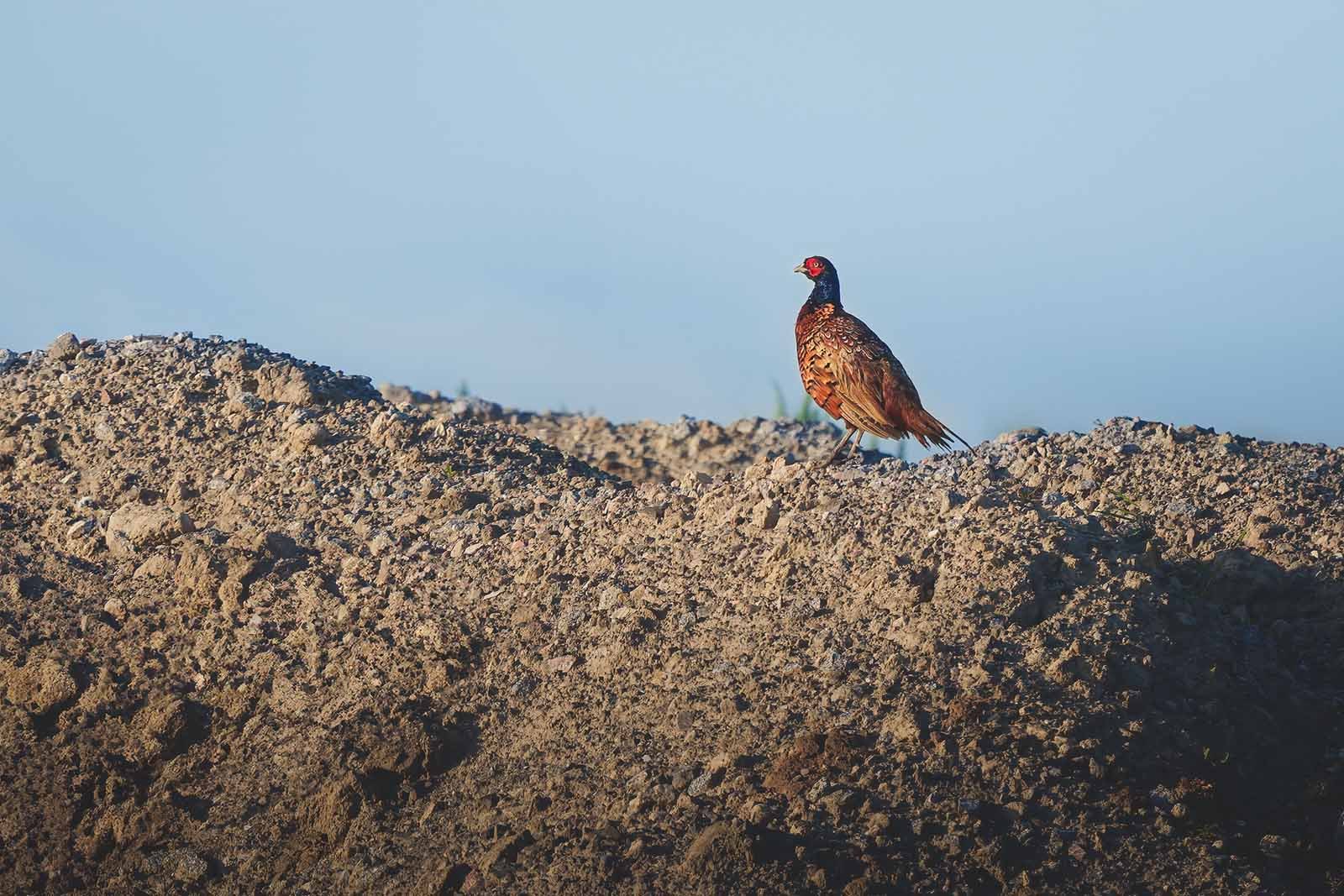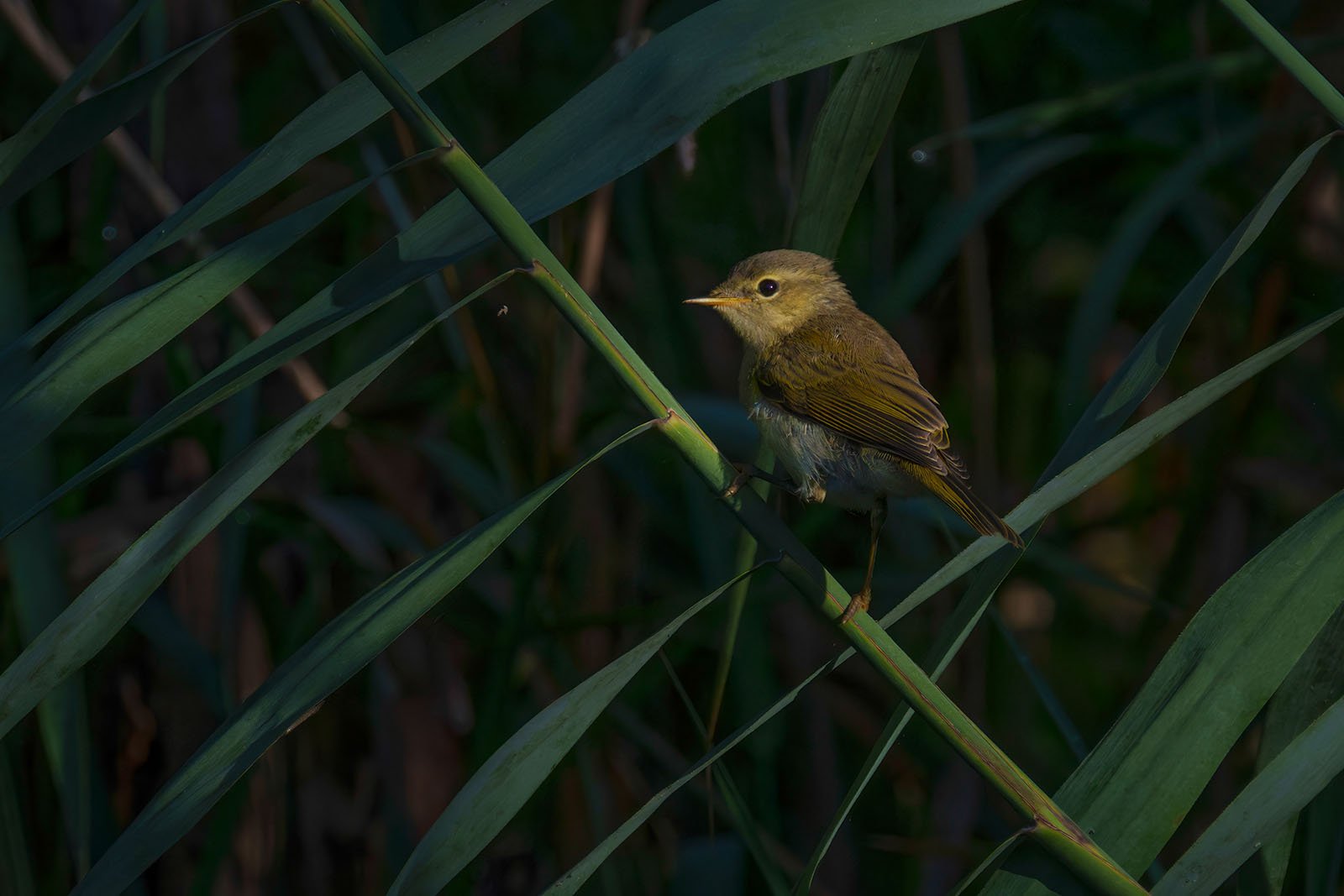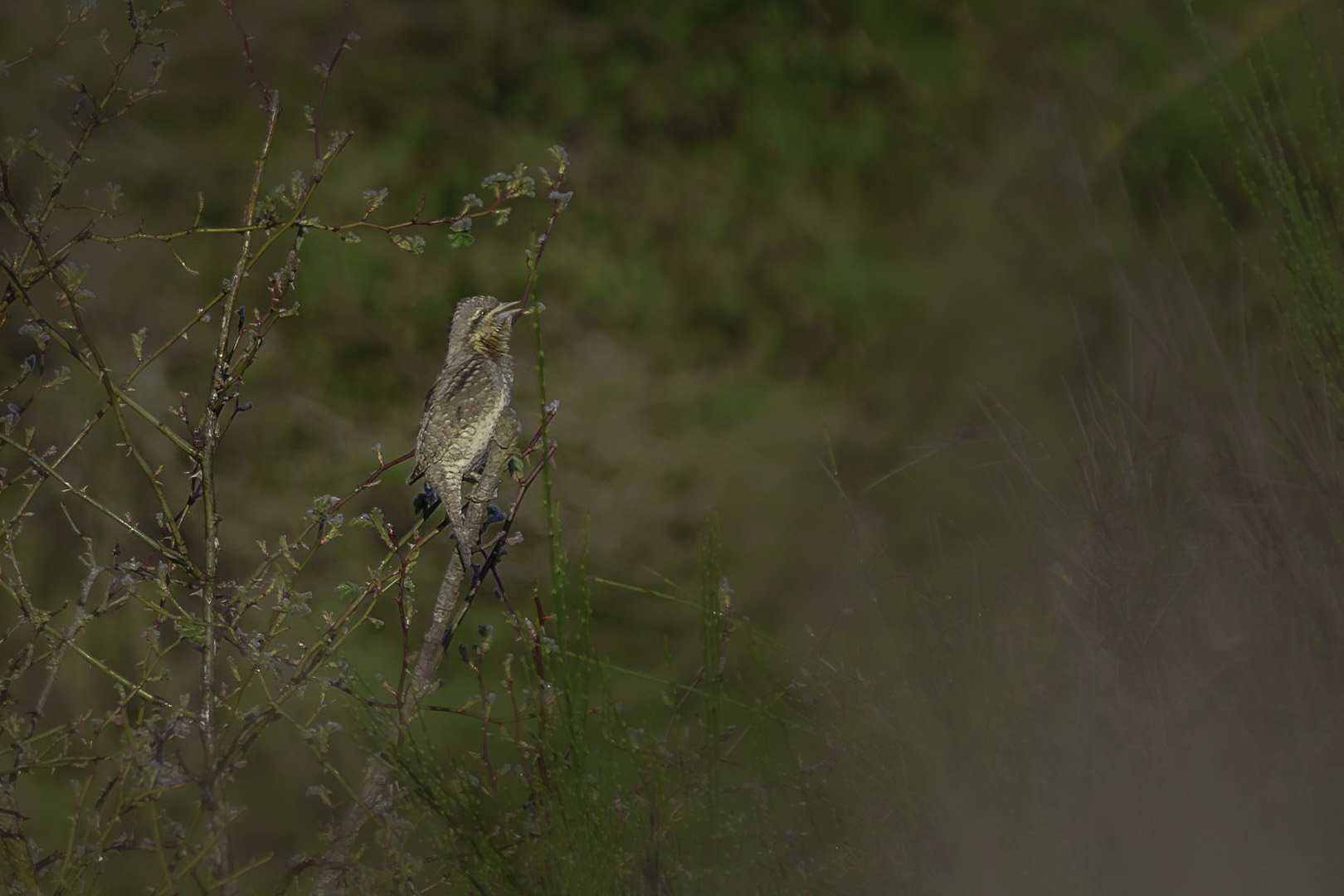Common goldeneye (Bucephala clangula)
Common goldeneye (Bucephala clangula) - Picture taken in the Upper Palatinate, Bavaria.
Key Facts
Size: 45 - 50 cm
Weight: 500 - 1300 g
Diet: Snails, crustaceans, plant matter, small fish, insects
Season: Resident / Short-distance migrant
Observation Tip: Lakes, ponds, rivers, coastal bays
Photography Tips
Lens: Starting from 400 mm
Difficulty Level: Medium
The Common Goldeneye (Bucephala clangula)
This bird belongs to the family of waterfowl (Anatidae) and is distributed across the Holarctic region, mainly in the northern boreal forest zone. The stocky appearance of the species is characterized by its short neck and relatively large head. There are two subspecies of the Common Goldeneye found from Europe to Siberia and in America. In Central Europe, the Common Goldeneye is a widespread but not common breeding and summer bird species, and it also occurs as a migrant and winter guest.
Common Goldeneyes have a body length of 45 to 50 cm and weigh between 500 and 1,300 g. With a wingspan of up to 80 cm, they are a medium-sized duck species.
The male Common Goldeneye has black and white plumage, a green head, and yellow eyes. It also has a white spot between the eye and the black bill. While resting, the males resemble females, but they can be distinguished by their distinctive wings. The Common Goldeneye is also called the "Goldeneye" due to the bright yellow eyes of the males.
The Common Goldeneye is native to Eastern, Central, and Northern Europe, Asia, and North America. Its distribution extends to the Arctic tree line in the north and to the forest-steppe zone in the south. The European distribution of the Common Goldeneye includes large parts of Scandinavia, northern and central Poland, parts of the northern German lowlands, as well as the European part of Russia. Isolated breeding occurrences have been recorded in southeastern Germany, southern Bohemia, the Danube Delta, and the mouth of the Dnieper River on the Black Sea.
The Common Goldeneye feeds on various food sources, including insects, crustaceans, snails, plant parts, small fish, and their larvae. To find its food, the Common Goldeneye is capable of diving up to eight meters deep. There, it can successfully hunt and capture its meals.
It prefers to live in stagnant waters such as lakes and ponds. Previously, it preferred nutrient-poor waters, but today it also lives in nutrient-rich waters. It can also be found along rivers and on the coast. Nearby forests where it can breed are important for its habitat.

